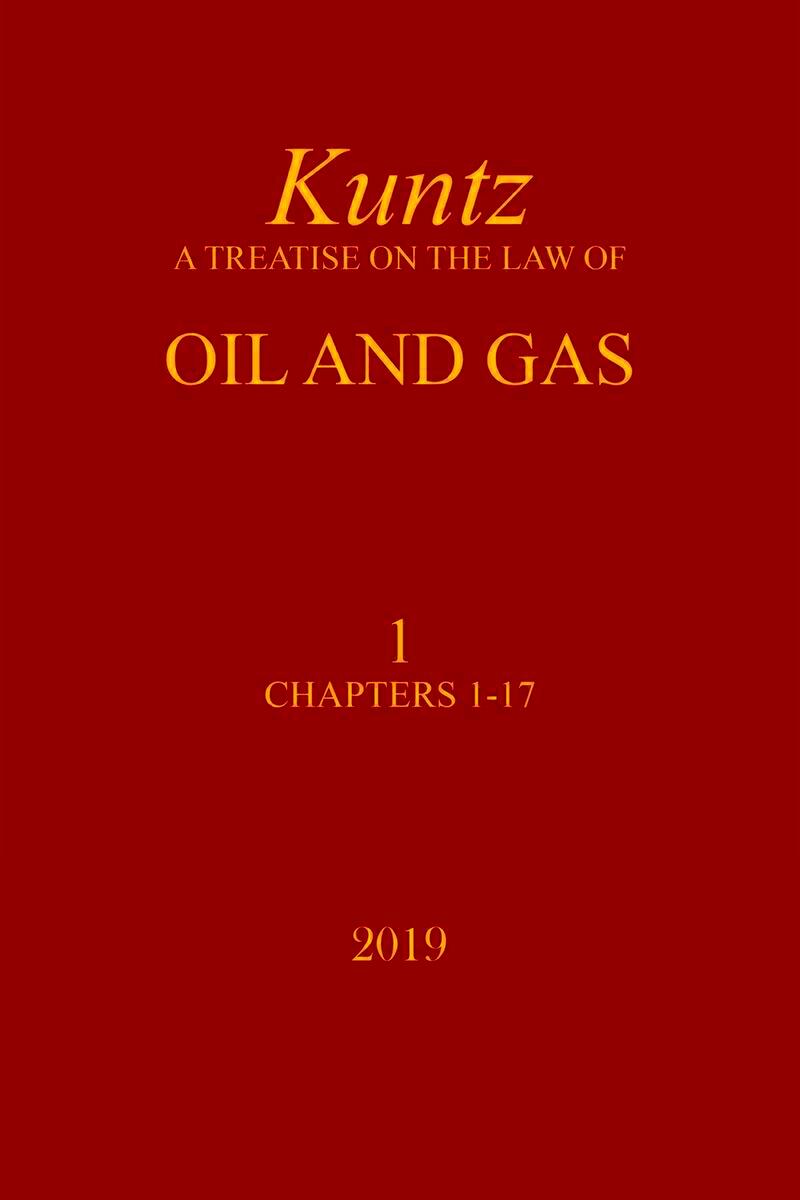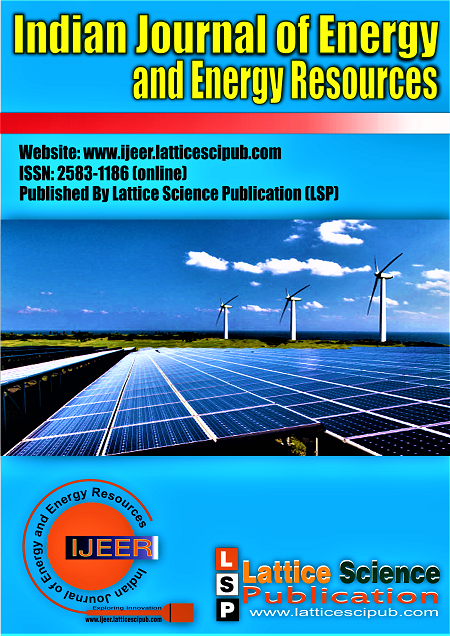What the Journal of Energy and Natural Resources Law Covers
The Journal of Energy and Natural Resources Law stands out as a respected outlet that delves into the examination of topics concerning energy and natural resources. It plays a role in serving as a valuable reference for lawyers, scholars and decision makers engaged in these fields. With my keen interest in the convergence of law and environmental matters I consider this journal to be an essential wellspring of knowledge. It offers a forum for addressing legal structures, regulatory shifts and policy advancements that influence our approach to managing and using natural resources.
The journal was founded to tackle the changing issues in the realm of energy and natural resources law. It explores a diverse range of subjects including energy policy, environmental regulations, land use and resource management. With its thorough coverage it keeps readers up to date on the latest legal developments and intellectual discussions. By showcasing insights from prominent authorities it significantly influences legal perspectives and promotes well informed decision making.
Main Topics Covered in the Journal

The Journal of Energy and Natural Resources Law explores various important subjects that are essential for grasping the legal framework surrounding these sectors. The primary focus areas include
- Energy Regulation and Policy: Examines the legal frameworks governing energy production, distribution, and consumption. This includes discussions on renewable energy initiatives, fossil fuels, and energy efficiency standards.
- Environmental Law and Protection: Focuses on legal measures aimed at protecting natural resources and addressing environmental challenges. Topics include pollution control, conservation laws, and climate change mitigation strategies.
- Land Use and Resource Management: Covers legal issues related to land use planning, property rights, and resource allocation. This section often includes case studies on land disputes and resource management practices.
- International and Comparative Law: Analyzes how different countries address energy and natural resources issues. This section offers insights into international treaties, cross-border resource management, and comparative legal approaches.
These subjects are examined in depth through comprehensive articles, case studies and research papers offering readers a holistic insight into contemporary legal issues and advancements.
Key Articles and Research Areas
In the Journal of Energy and Natural Resources Law certain articles shine due to their substance and significance. These writings frequently delve into advancements and provide valuable perspectives on different facets of energy and natural resource legislation. Key fields of research encompass.
- Legal Implications of Climate Change: Articles in this area address how climate change is influencing legal frameworks and policies. They explore topics such as carbon pricing, emissions trading systems, and adaptation strategies.
- Advancements in Renewable Energy Law: This research focuses on the evolving legal landscape surrounding renewable energy sources like solar and wind power. It includes discussions on incentives, regulatory challenges, and the integration of renewables into national grids.
- Environmental Justice and Equity: These articles examine how legal systems can address disparities in environmental protection and resource access. They highlight issues such as environmental racism and the need for equitable policy solutions.
- International Disputes and Resource Conflicts: This research area covers legal disputes over shared resources and international conflicts related to energy and natural resources. It provides insights into diplomatic resolutions and international arbitration.
The journals emphasis on these aspects plays a role in enhancing both the theoretical and practical comprehension of energy and natural resource law. It aids in shaping more effective legal approaches and regulations.
Editorial Focus and Goals
The Editorial Team of the Journal of Energy and Natural Resources Law envisions something more than just sharing research articles. They aim to spark conversations on important topics related to energy and natural resource law creating a space where new concepts and practical approaches can thrive. Having gone through different editions of this journal I believe it goes beyond mere concepts; it focuses on using legal principles to tackle real life issues.
A key objective of the publication is to connect legal concepts with real world implementation. This involves not only discussing theoretical matters but also exploring the tangible impact of legal rulings on the environment and energy industries. Recent editions have featured thought provoking examinations of how laws can evolve in response to advancements such as electric cars and renewable energy sources.
Moreover the publication aims to serve as a space for conversations across various disciplines. By incorporating viewpoints from economists, researchers and decision makers it aids readers in grasping the intersections between different areas and energy and natural resources legislation. This well rounded approach guarantees that the suggested solutions are not legally valid but also realistically achievable.
In essence the journal aims to promote discussions shape policy making and help establish fairer and more efficient legal systems for managing energy and natural resources.
Impact on Energy and Natural Resources Policy
The impact of the Journal of Energy and Natural Resources Law on shaping policies is significant. With its thorough research and detailed assessments the journal has a vital role in influencing the rules that oversee our energy and natural resources. In my personal observations I’ve noticed how decision makers cite this journal to back choices that affect local communities as well as worldwide efforts.
The articles in the journal frequently shed light on trends and important matters providing suggestions that have the potential to shape policies across different tiers. For example a thoroughly researched article examining the effects of fracking could encourage authorities to reassess safety protocols or environmental safeguards. In a similar vein conversations about renewable energy regulations may play a role in crafting laws that support clean energy projects.
In addition the journal contributes to the decision making process of policymakers by sharing research findings and real world examples. This support is vital in an age where swift technological progress and environmental issues demand quick and well informed reactions.
The journals influence is clear in its role in promoting public discussion. By highlighting legal matters concerning energy and natural resources it raises awareness and sparks a wider dialogue on sustainable practices and fair resource allocation.
Notable Contributors and Experts
A standout feature of the Journal of Energy and Natural Resources Law is its lineup of esteemed contributors and specialists. Their extensive expertise and insights enhance the journals content offering a range of viewpoints and top notch research. As a long time follower of the journal I can vouch for the profound influence these contributors wield in the industry.
The text highlights the presence of distinguished individuals such as respected scholars seasoned professionals and decision makers who share their knowledge and skills. As an illustration insights from professors focusing on environmental law delve into intricate legal matters whereas seasoned lawyers provide viewpoints on contemporary legal obstacles.
The publication includes contributions from global specialists enriching its content with a valuable worldwide perspective. This global viewpoint is essential for grasping how various regions address challenges and promoting collaboration on energy and resource management.
In addition the publication frequently features input from up and coming talents in the industry providing a space for new scholars and professionals to showcase their groundbreaking concepts and study results. This combination of seasoned authorities and novel viewpoints keeps the journal leading edge of legal research and policy conversations.
The wide variety of contributors adds to the journals trustworthiness and makes it a valuable source for those interested in the ever evolving area of energy and natural resources law.
How to Access and Use the Journal
Getting to and making use of the Journal of Energy and Natural Resources Law is easy but it can provide a treasure trove of insights for those curious about this area. Based on my encounters with journals I’ve realized that having guidelines can greatly enhance the advantages of using these materials.
To begin you can access the journal using different approaches.
- Institutional Access: Many universities and research institutions provide access to this journal through their libraries. If you’re affiliated with an institution, check with your library’s electronic resources section. Often, they have subscriptions that grant free access to students and faculty.
- Online Platforms: The journal is available on various academic databases and publisher websites. Websites like JSTOR, Westlaw, or HeinOnline often host the journal’s issues. Make sure to use the search functionality to locate the articles you need.
- Subscription: For individuals, a subscription to the journal can be purchased directly from the publisher’s website. Subscriptions often come with digital access to current and past issues, making it easier to stay updated with the latest research.
- Library Services: If you’re unable to access the journal through institutional or subscription services, consider visiting a local library. Many libraries offer interlibrary loan services that can help you get copies of specific articles.
Once you gain entry to the journal making the most of it goes beyond simply perusing articles. Take advantage of the journals search features to locate pertinent papers and think about downloading and storing important articles for later use. Interacting with the journals material through notes and summaries can aid in remembering and utilizing the insights in your research or professional work.
Recent Trends and Future Directions
The Journal of Energy and Natural Resources Law showcases not just the present landscape but also looks ahead to future developments in the industry. I find it intriguing how the journal adapts to new global challenges and technological progress based on what I’ve seen.
The latest trends showcased in the publication encompass
- Climate Change Legislation: There’s an increasing focus on how legal systems around the world are addressing climate change. Articles discuss new regulations, innovative legal mechanisms, and international agreements aimed at mitigating environmental impact.
- Technological Advancements: The journal explores how technological innovations, such as smart grids and carbon capture technologies, are reshaping energy law. This trend reflects a broader movement towards integrating technology with regulatory frameworks to enhance efficiency and sustainability.
- Resource Management Challenges: With growing concerns over resource depletion and environmental degradation, there is a greater emphasis on sustainable resource management practices. The journal features research on balancing economic development with environmental conservation.
In the future the publication is set to explore
- Green Energy Policies: As the global push towards renewable energy continues, the journal will likely cover new policies and regulations supporting green energy initiatives.
- Global Policy Coordination: Future issues may focus on how different countries are collaborating to address transboundary environmental issues and share best practices in energy regulation.
- Legal Frameworks for Emerging Technologies: Expect discussions on how legal systems can adapt to new technologies and innovations in energy and natural resource management.
Keeping up with these trends allows readers to understand the changing legal landscape and get ready for upcoming advancements in the industry.
FAQ
What is the Journal of Energy and Natural Resources Law?
The Journal of Energy and Natural Resources Law is an academic journal that explores the legal issues surrounding energy and natural resource management. It includes research papers, case studies and discussions on a range of subjects such as energy policy, environmental legislation and resource conservation.
How often is the journal published?
The publication usually comes out every three months. Every edition features a blend of pieces, critiques and scholarly works that focus on relevant topics and emerging developments in the industry.
Can I submit my own research to the journal?
Absolutely the journal welcomes contributions from both researchers and industry professionals. Submitted works go through a review procedure to maintain the standards and pertinence of the material. You can typically find the submission guidelines on the publishers website.
Is there a cost to access the journal?
You can access the journal for free if your institution has a subscription or you can pay for it individually. To find out about the access options and costs, check with your institution or the journal’s publisher.
How can I stay updated with new issues of the journal?
To keep yourself in the loop you can sign up for the journals email notifications follow them on social media or visit the publishers website frequently to find out about new issue launches and other updates.
Conclusion
The Journal of Energy and Natural Resources Law serves as a crucial tool for individuals involved in the intricate realm of energy and natural resource governance. Personally exploring its content has provided me with profound understanding of how legal structures are evolving to address contemporary challenges. Its extensive range of subjects emphasis on emerging developments and the knowledge of its contributors all play a part in establishing it as a foundation within this domain.
If you’re in the field of law, conducting research or just have a curiosity about the intersection of law with energy and environmental matters the journal offers a treasure trove of information and valuable perspectives. Its content not serves as an informative resource but also sparks engaging conversations and creative approaches to address pressing global challenges. With the ongoing evolution of this domain the Journal of Energy and Natural Resources Law is set to play a significant role, in shaping the future of environmental legislation.


